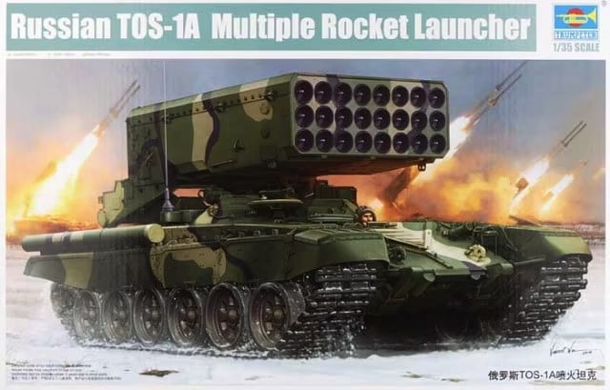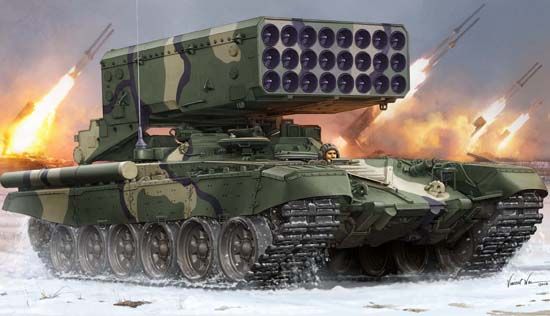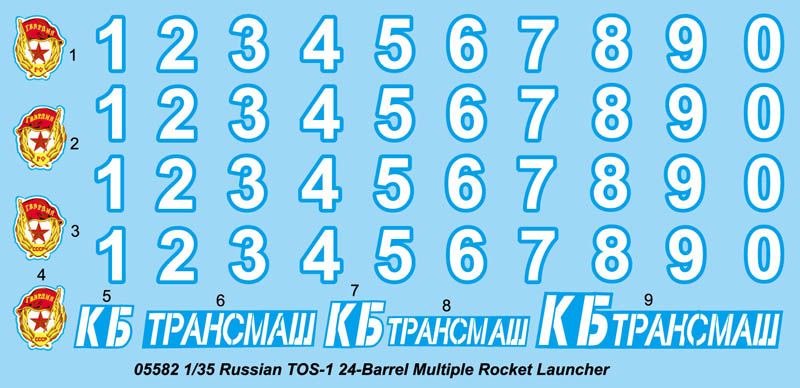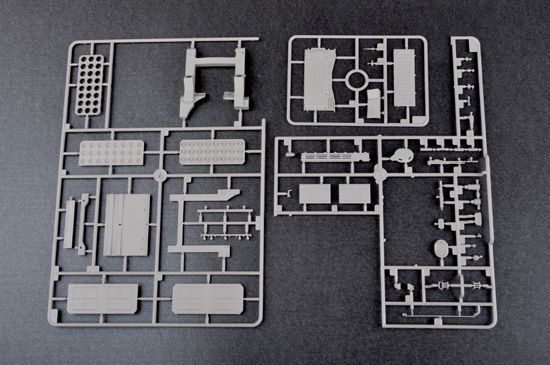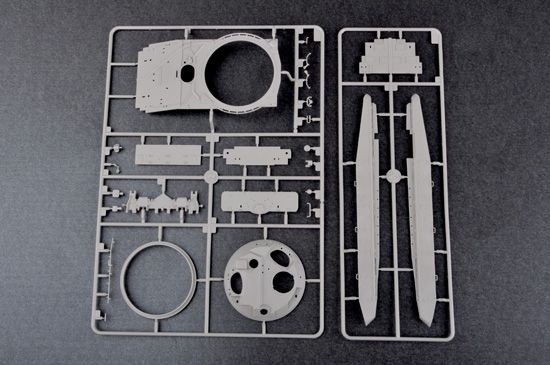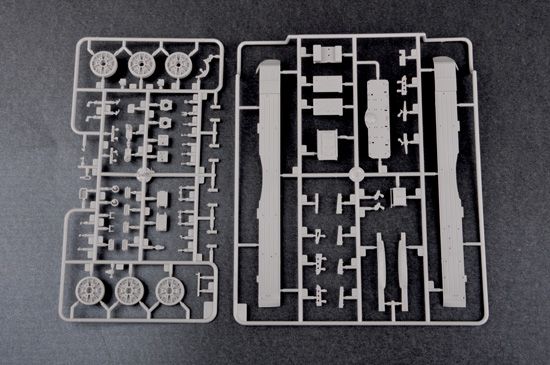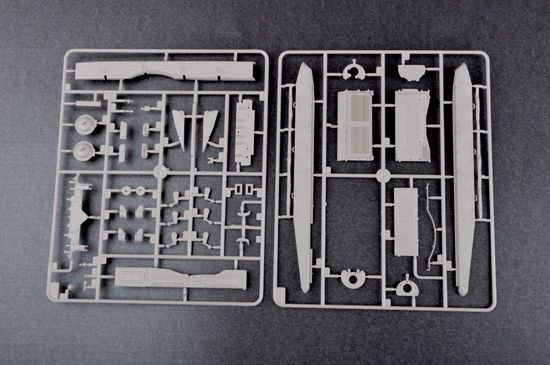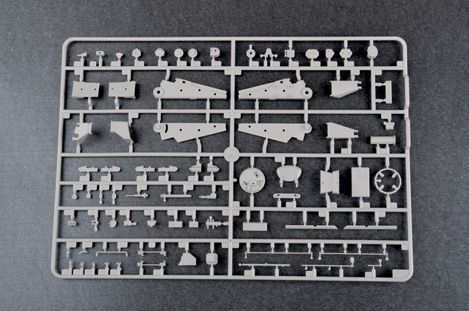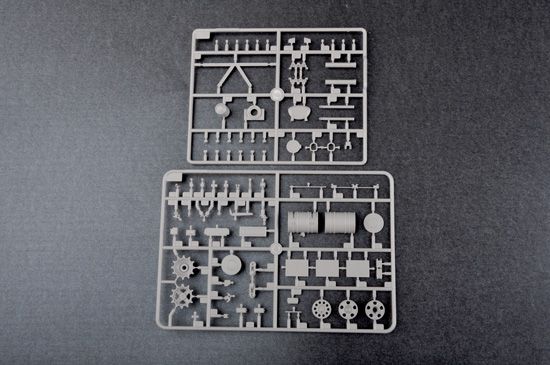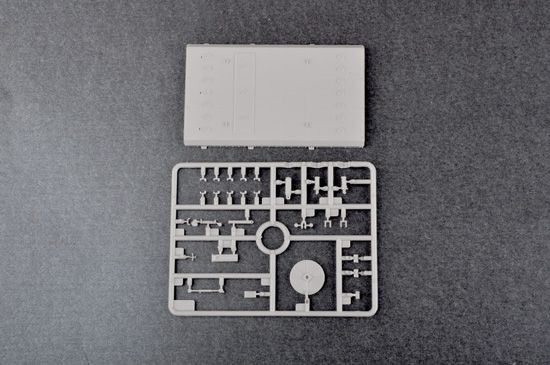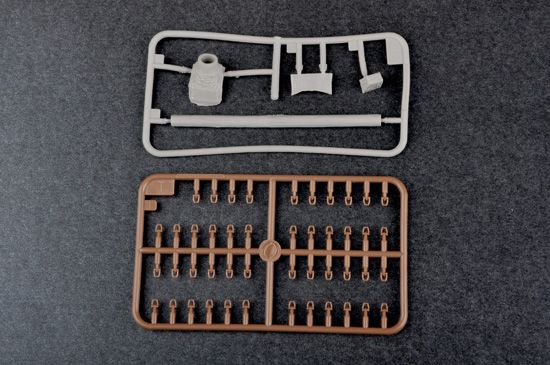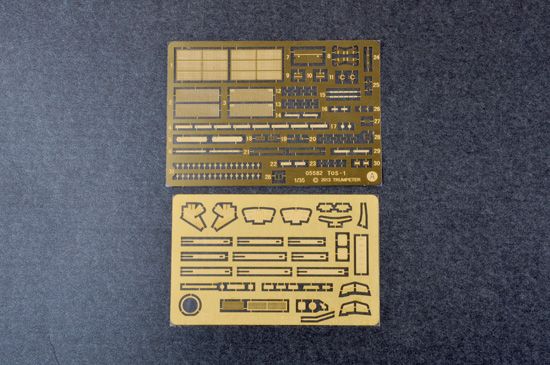The first work on the TOS-1 self-propelled rocket artillery system began in the mid-1970s at the Omsk arms factory. In 1988, the set was adopted by the Soviet Army. To this day (2017), it remains in service with the armed forces of Orkostan. Serial production began in 1988 or 1989 and continues to this day in Omsk. The TOS-1 kit is based on the T-72 or T-90 tank chassis. A 24- or 30-guide 220-mm rocket launcher for missiles of the TOS-1 family was mounted on such a chassis. These are thermobaric missiles, that is, they have fuel-air warheads. For this reason, the TOS-1 kit is called a "heavy flamethrower" in Russia. The main purpose of TOS-1 is to support its own armored forces during breakthroughs, fighting in populated areas or mountainous terrain. During the battle, TOS-1 is most often used to cover its own tanks or, less often, motorized infantry. TOS-1 was baptized in Afghanistan in 1988-1989 (Operation Typhoon), where it proved itself to be excellent. It was also used during the Second Chechen War, and only later, during the fighting for Komsomolsk in 2000, did the world learn about the presence of such weapons in the Russian arsenal.















